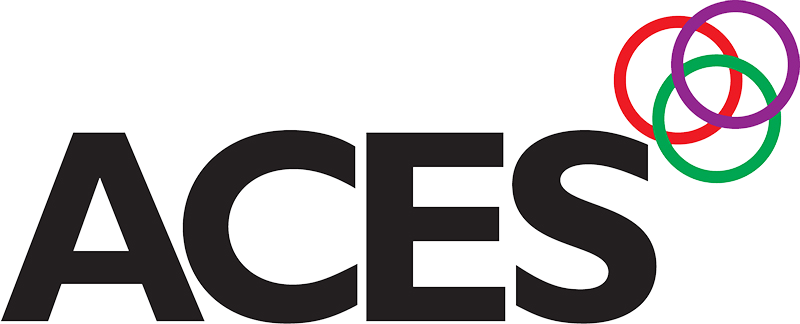
From my previous article you may remember Peter, an MD who struggled to prioritise his strategic goals. With this in mind, I’d like to introduce some further concepts for creating strategic goals that you’re more likely to achieve. As this is about strategic goals, here’s a quick recap of the difference between strategic and day-to-day goals:
• Day-to-day goals are what you normally do to make your business work
• Strategic goals fundamentally improve your business in the long-term
See Your Business as a System
To make your planning more successful, you need to be confident that the goals you are choosing will have a significant impact. If you just pluck a goal out of thin air, or from a list of things you think you ‘should’ do, you may not be convinced that you’re tackling the right challenges first. Uncertainty leads to lack of motivation and goals not being prioritised.
To raise your confidence, and therefore your focus and motivation, you need to be able to see your business as a system and to be able to see where you are weak or strong.
Cause and Effect Relationships
You need to be able to see the cause and effect interrelations of the main parts of your business and identify where a fix or improvement will have greatest effect.
For example, poor customer service may appear to be a key issue but the underlying cause for this may be a lack of good leadership, management or HR processes. An apparent need for better sales and marketing may be underpinned by poor customer retention due to an inadequate product, or a failure to offer after sales care.
80/20 Rule
The 80/20 rule, also known as The Pareto Principle, suggests that 20% of what we do produces 80% of the results that we want, therefore there is a disproportion of effort to achieve a result.
The core principle being that:
• There is an inequality in the results of our efforts
• We need to focus on what is most fruitful
The key to using this rule is to identify the 20% to improve that will affect 80% of your results.
The Power Of Threes
Now you have confidence in what you need to change, you need to choose your annual priorities, ideally limiting them to three. If you have less than three priorities, insufficient progress is made. More than three, and it becomes hard to focus. In addition, you want to engage your staff in your plans, and most people do not easily remember more than three things. When everyone has your priorities in mind, these act as a focus against which all decisions are made.
Why Peter Failed
Although Peter had identified his most important goal, he failed to carve out the time to make that happen. It is important to have real confidence that your strategic goals will actually make a big difference. This confidence - identifying what is essential - creates the motivation and commitment to see those goals through.
To help my clients, I use a diagnostic - The Business Jet Engine® model - that shows your business as a system, clearly identifying every area and how each can effect the other. With a focus on the weaker, high priority areas, we build plans around the one, two or three strategic goals that will most effectively develop your business in the year ahead.
Try the diagnostic for free at businessjetengine.co.uk
Martin Riley Leadership & Business Development
01424 892200
www.martin-riley.co.uk






